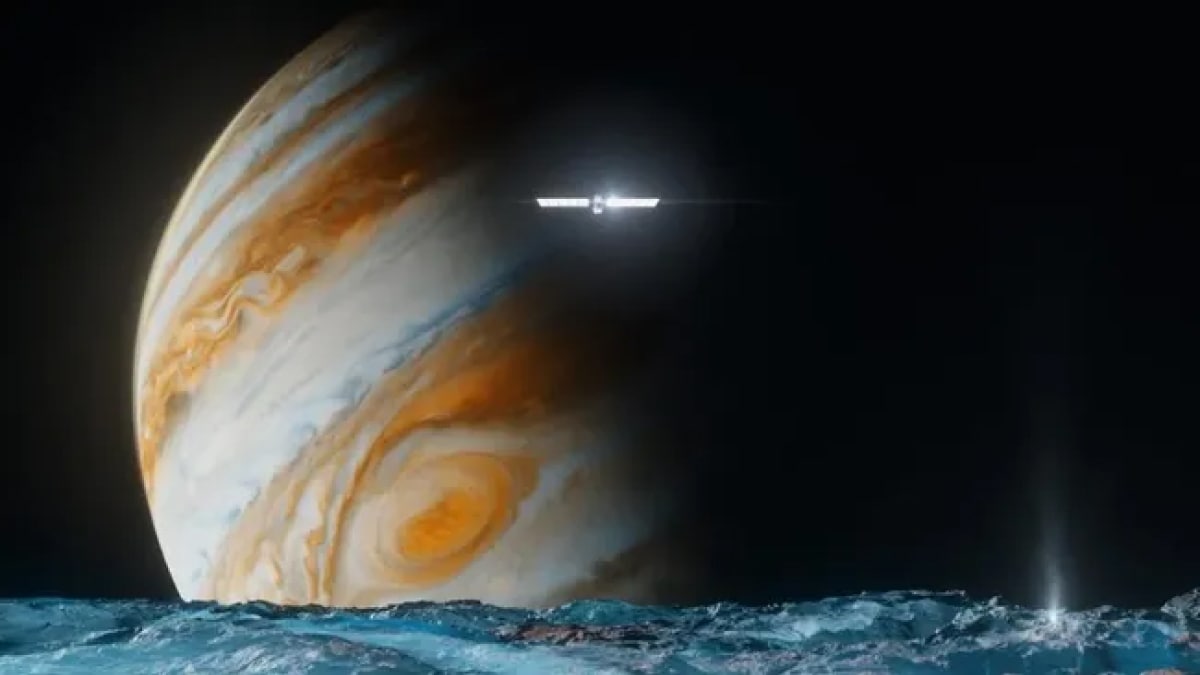NASA sends Europa Clipper to find life signs on Jupiter’s moon Europa

In the coming weeks, NASA will embark on a major mission to Europa, Jupiter’s fourth largest moon. This spacecraft, called Europa Clipper, is designed to search for possible signs of life. While Mars is often the focus of the search for life beyond Earth, Europa offers a promising alternative because of its potential liquid water, which is considered essential to life as we understand it. Although there have been delays due to Hurricane Milton, NASA’s plan to launch the mission remains intact.
Why Europe has potential for life
Mars may be the easiest target to explore for life, but Europa, along with some of Saturn’s moons, could be better candidates. Liquid water is crucial to life, and on Earth it supports the chemical reactions that allow living organisms to exist. Scientists believe that Europa, like Saturn’s moons Titan and Enceladus, has vast underground oceans beneath its icy exterior. This possibility makes Europe an attractive target for the search for extraterrestrial life.
What the Europa Clipper will do
Equipped with nine advanced instruments, the Europa will keep a close eye on Clipper to research the surface of the moon, looking for signs of life beneath the thick ice cap. The spacecraft will use thermal imaging, spectrometers and cameras to detect unusual heat or chemical activity. One of the main objectives is to locate and study potential plumes of water erupting from the surface, providing insight into the moon’s subsurface oceans.
Although the spacecraft will take more than five years to reach Jupiter’s orbit, this mission marks a crucial step in exploring Europa. While the Clipper cannot confirm life itself, its findings could lead to deeper future missions, bringing us closer to discovering life beyond Earth.




